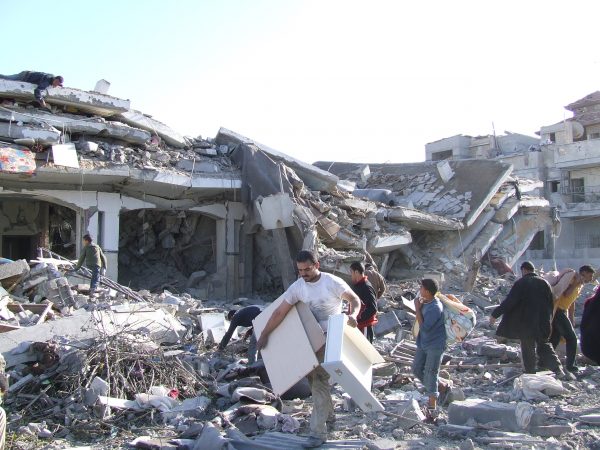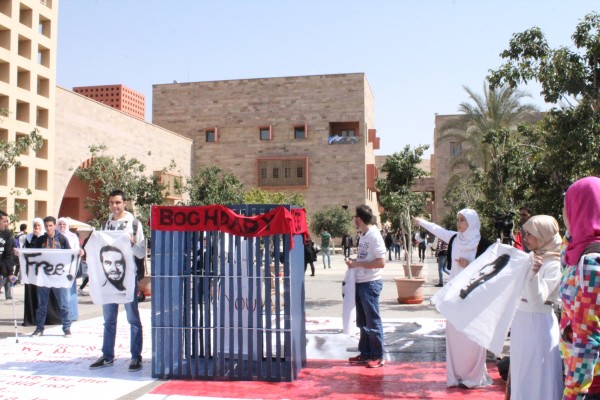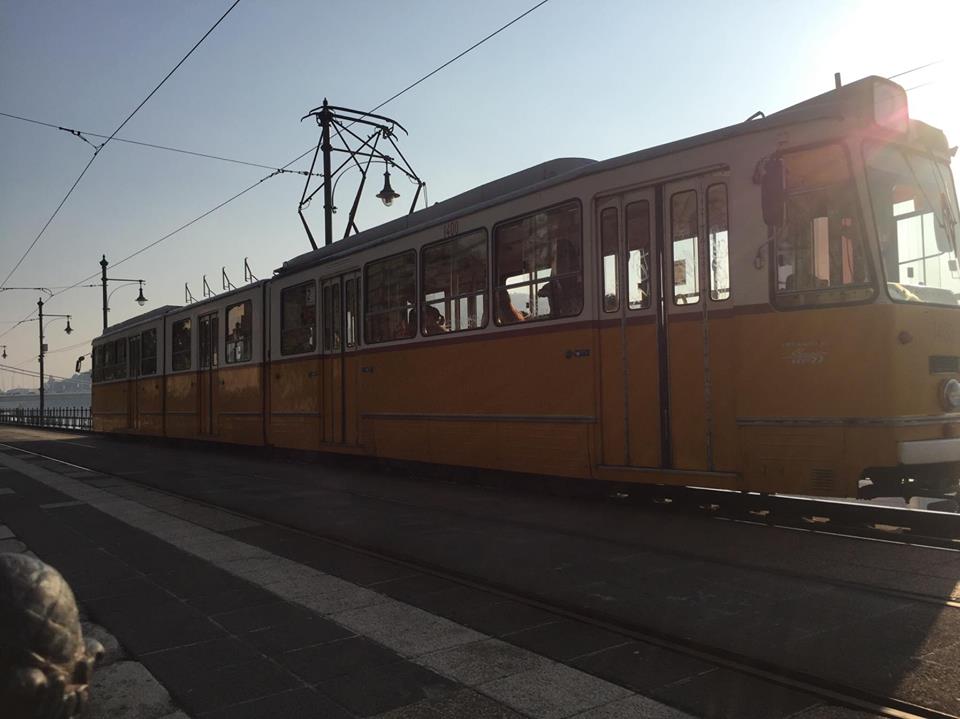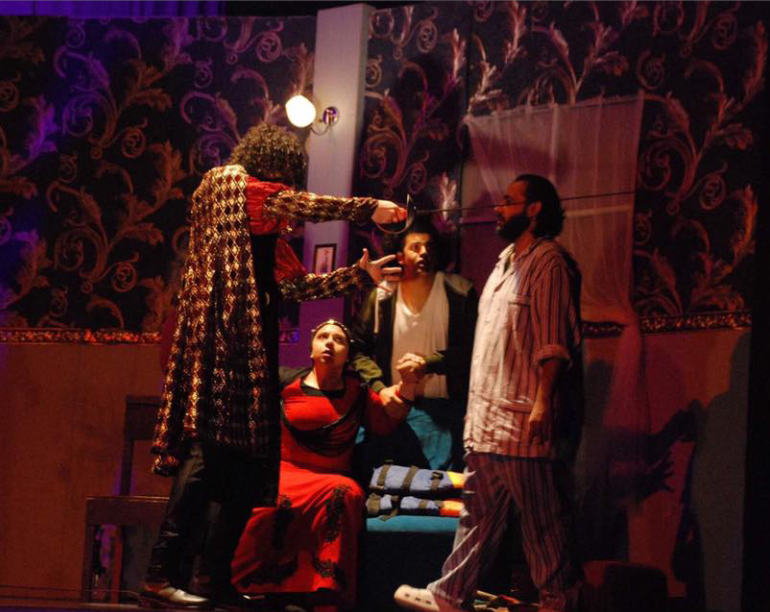Israeli Apartheid Week: the Camera that Captured the Onslaught in Gaza

By: Danah Al Ansari
@DanaAlAnsari
In a heart-wrenching documentary, Palestinian filmmaker Fida Qishta uses her camera as the weapon to tell the story of civilians who fell victim to more lethal ones during the 2008 Israeli siege of Gaza.
Where Should The Birds Fly? tells the story of the onslaught through Qishta’s own eyes, alongside of those belonging to a young girl named Mona Samouni.
It was as abrasive as it was emotional, showing the day-to-day struggles and atrocities civilians were exposed to.
The documentary depicts various scenes that demonstrate the extent of violence exacted within the conflict.
It starts with a scene of unarmed Palestinians crossing the water, only to encounter Israeli firepower on the other side.
“It was a massacre. It began in the morning while school shifts were changing. I was a journalist. I called my brother and told him get the camera. I couldn’t leave, my camera was the only weapon I had. If I am shot, the camera will capture the bullet that kills me,” Qishta said in the documentary.
Qishta was also able to capture the first instance of bombing that took place.
Regardless of her father and brother’s attempts to keep her away from the scene, Qishta continued filming the hundreds of bloodied bodies that lay splattered around.
The screening, which is part two of the ‘Palestine in Film’ series, was organized by Claire Begbie, a Middle East Studies graduate.
“I personally think that Palestine has an important role to play and is often neglected. There is a lot of talk about Syria and other countries. Palestine should be given space,” she said.
The screening was followed by a Q&A session with Terri Ginsberg, assistant professor of film and director of the film program.
Ginsberg too emphasized the importance of showing Israeli brutality against Gaza, which continues to this day but is overshadowed in the press.
“Israel would basically like to erase Palestinian Gaza from the map and move the rest of the Palestinians in the Levant to Jordan, and then annex the West Bank entirely to Jewish sovereignty as part of the Zionist plan to establish a “Greater Israel” in the region, ethnically cleansed of Palestinians,” said Ginsberg.
The media, he says, has moved on from these atrocities to cover events surrounding American President Donald Trump and other regional conflicts as well.
“The Gazans were brutally bombed and killed in cold blood in massive numbers because Israel wants to divide Gazans from West Bankers,” Ginsberg told The Caravan.
“Israeli does so on the lame excuse that Hamas must be eliminated and that Fatah must be given priority in representing the Palestinian people to the Israeli government via the Palestinian Authority,” he added.
However, not everyone in the audience was shocked by the violence presented in the scenes.
“To a certain extent, I am acquainted with this so seeing the footage is okay. I’ve seen much worse things. What was interesting was bringing in non-fiction with the girl reenacting the story with 21 family members being killed. Bringing these two narratives together was interesting,” said Nourhan Tawfik, Arabic Language graduate student.
The ending, however, siezed the attention of everyone in the room.
The audience was heavily focused on Samouni telling viewers the story of her parents’ tragic death, all while showing the camera drawings of her late family members.
“I don’t know who to see, my mom with her open head or my dad’s bones or my uncles in their blood,” she said.



